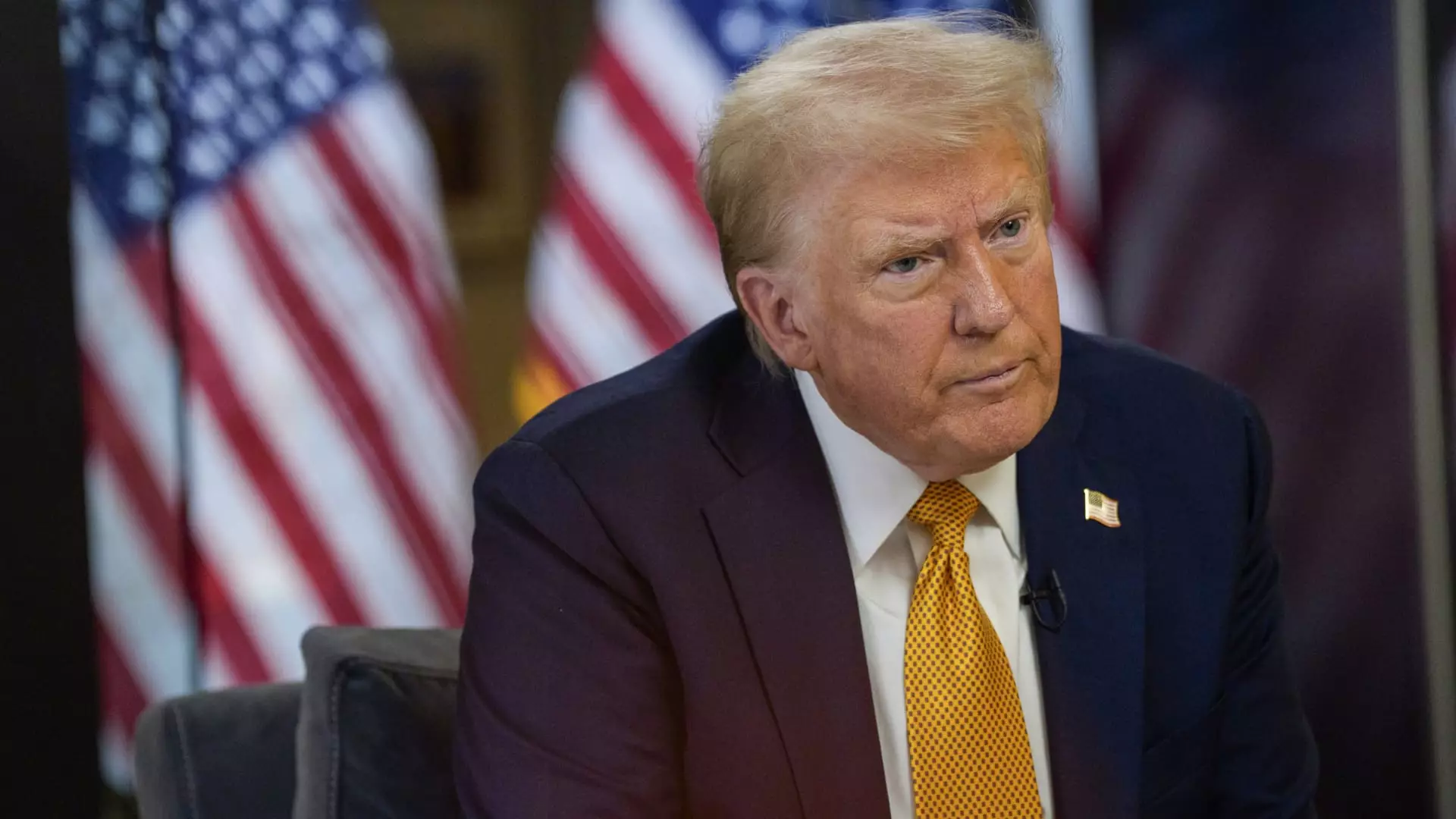The potential reintroduction and expansion of tariff policies under President-elect Donald Trump has stirred conversations about its implications on U.S. consumers, businesses, and the broader economy. The idea of imposing significant tariffs presents a complicated picture that many economists caution should not be taken lightly, as the effects ripple through various layers of the economic structure.
At their core, tariffs represent a tax imposed on imported goods, which are borne by the importing companies initially. However, businesses often pass these costs onto consumers, leading to increased prices at retail outlets. According to Erica York, a senior economist at the Tax Foundation, such tax measures can significantly impact household budgets. The fundamental question that arises is whether the cost of these tariffs outweighs the benefits that might be initially perceived, especially in terms of protecting domestic industries.
When consumers face increased prices due to tariffs, the burden is not evenly distributed across the population. Lower and middle-income families, who often operate on tighter budgets, are more vulnerable to price hikes. This demographic is particularly at risk if tariffs are implemented broadly, as the Tax Policy Center estimates suggest an average cost increase of about $3,000 per household by 2025. This potential financial strain likely raises significant concerns about equity and accessibility, as these households may struggle to absorb additional costs.
Beyond direct consumer impacts, tariffs can also reverberate through corporate profit margins. If businesses decide to absorb the cost rather than passing it onto consumers, they would experience diminished profits. This scenario can lead to a ripple effect in the labor market, with companies potentially freezing wages or cutting back on employment opportunities as they navigate increased operational costs. This outcome could inadvertently harm the very workers tariffs are claimed to protect by constraining job growth and financial stability within the workforce.
Moreover, uncertainty surrounds Trump’s plans for tariffs and which specific goods and countries would be affected. The previous administration’s approach included tariffs on products like solar panels and steel, but the breadth of potential future tariffs appears more extensive. Trump’s discussions on imposing universal tariffs of up to 20% on all trading partners and 60% on imports from China reveal a strategy that may leverage economic policy for diplomatic negotiations. However, the reality of executing such a plan hinges on complex international relations and regulatory hurdles.
The unpredictable nature of Trump’s tariff promises raises questions about their viability. Market strategists express skepticism about his willingness to follow through with drastic tariff measures, noting that these proposals may serve more as negotiating tactics rather than genuine policy intentions. For example, during an interview, Trump stated he could not guarantee households would be insulated from tariff-induced price hikes, reflecting a reality check on his ambitious economic agenda.
This ambiguity leaves businesses — particularly those reliant on international supply chains — grappling with the potential for rapid shifts in trade policies. Depending on political developments, companies may need to pivot their strategies quickly, making the entire economic landscape somewhat volatile.
Should tariffs be implemented, the revenue generated could provide opportunities for policymakers to offset other financial commitments, such as tax cuts for corporations. The intention behind this financial maneuver could allow politicians to promote the attractiveness of tariffs as a budgetary tool. However, there remains a fundamental question of sustainability: are tariffs a long-term solution or a short-sighted fix?
While tariffs may be presented as a means to secure industry interests, their broader implications could pose significant risks to U.S. consumers, corporate profitability, and the labor market. The ongoing uncertainty regarding the scope and implementation of these policies adds layers of complexity that necessitate careful consideration from all stakeholders involved.

